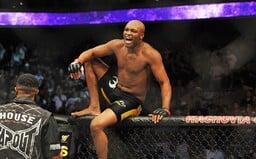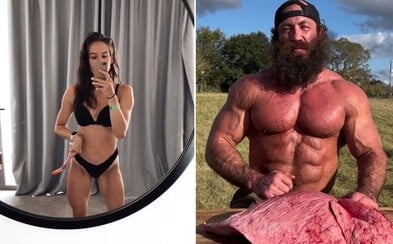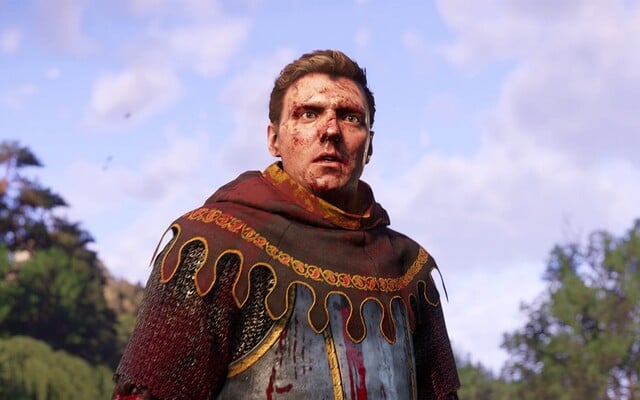 Ozempic can cause vision loss. A new study has shown a link between the drug and eye problems
Ozempic can cause vision loss. A new study has shown a link between the drug and eye problems
Ozempic can cause vision loss. A new study has shown a link between the drug and eye problems
Ozempic can cause vision loss. A new study has shown a link between the drug and eye problems
Brain Damage In MMA And Boxing: What Do The Symptoms Look Like And How Can You Protect Yourself?
Combat sports are tough and ruthless. It is therefore extremely necessary to pay attention to health and prevention. This applies especially to the brain, its damage is usually irreversible.
If problems persis, please contact administrator.
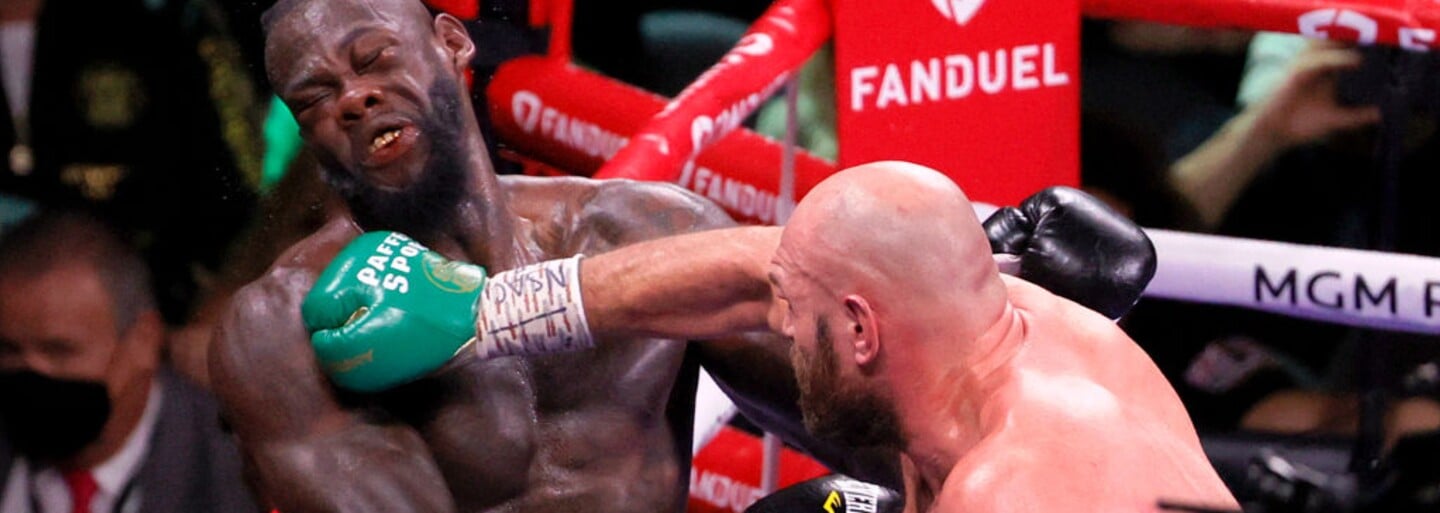
Combat sports are constantly growing in popularity. MMA, but also boxing and other disciplines are gaining new fans who look up to their favorite fighters and dream of being like them one day. They therefore decide to visit the nearest gym and start training. But before putting on gloves and starting combat sports on your own, you should take care of your health and think about the prevention of possible injuries.
A protective helmet should therefore be part of the basic equipment of anyone who engages in or wants to engage in combat sports, which is often underestimated by some, especially beginners or intermediate practitioners. But this can have serious consequences in the long run. With repeated concussions, irreversible brain damage can occur over time, as we have already seen in history with a number of professional fighters (as well as other athletes).
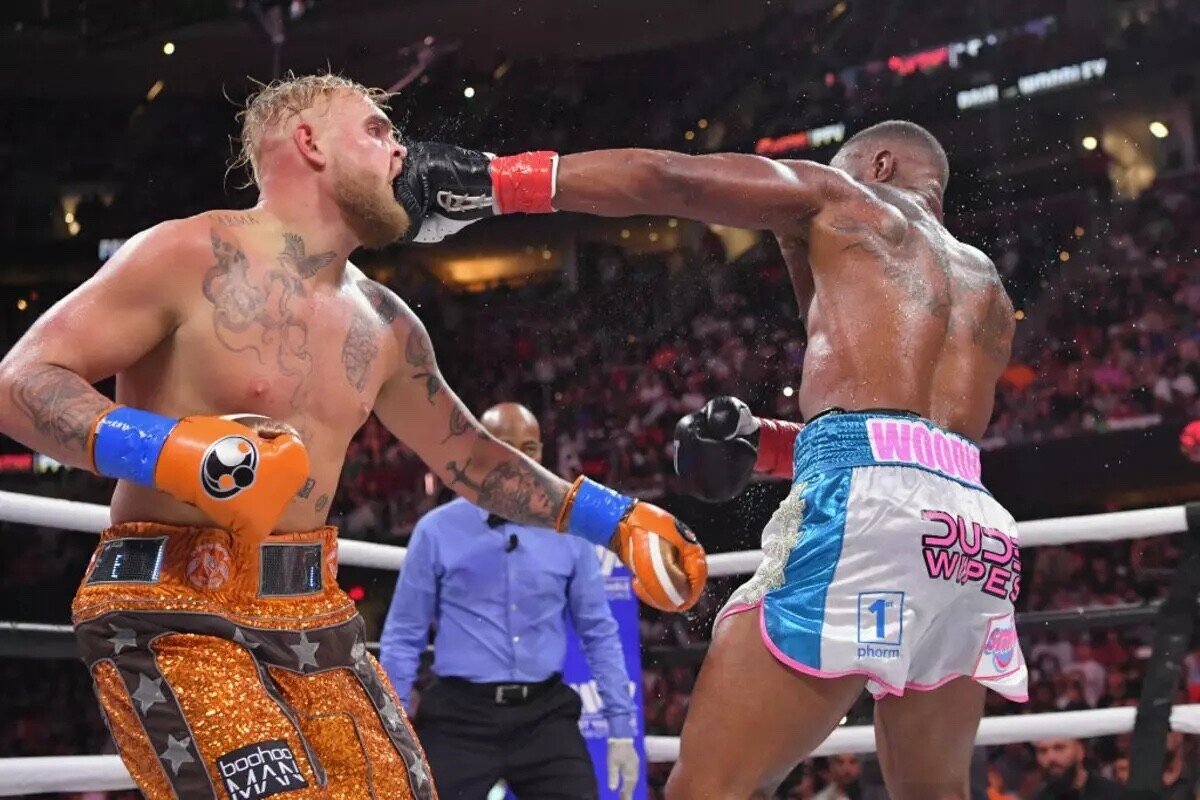
UFC boss: Unfortunately, it goes hand in hand with combat sports
Among the most well-known cases discussed in connection with brain damage in combat sports is the story of the legendary champion Muhammad Ali. In 1984, when the boxer was 42 years old, doctors diagnosed Parkinson's disease. It is a neurodegenerative disease that causes the patient to lose control of their movement over time.
Parkinson's disease can affect anyone and is not necessarily related to concussions, so in Ali's case there was heated debate as to whether boxing was to blame or not. However, doctors are in complete agreement that long-term blows to the head can clearly contribute to its development.
Even former boxer and trainer legend Freddie Roach, who received the devastating diagnosis in 1990, has been speaking openly about his battle with Parkinson's disease for many years. Roach himself admits that years of boxing and blows to the head may have contributed to it.
The trainer, whose wards included, for example, champion Manny Pacquiao, also says that it is precisely training professionals and promising talents that helps him cope with the disease today. He says he doesn't have to focus on his health and puts all his energy into helping others. There is currently no cure for Parkinson's disease.
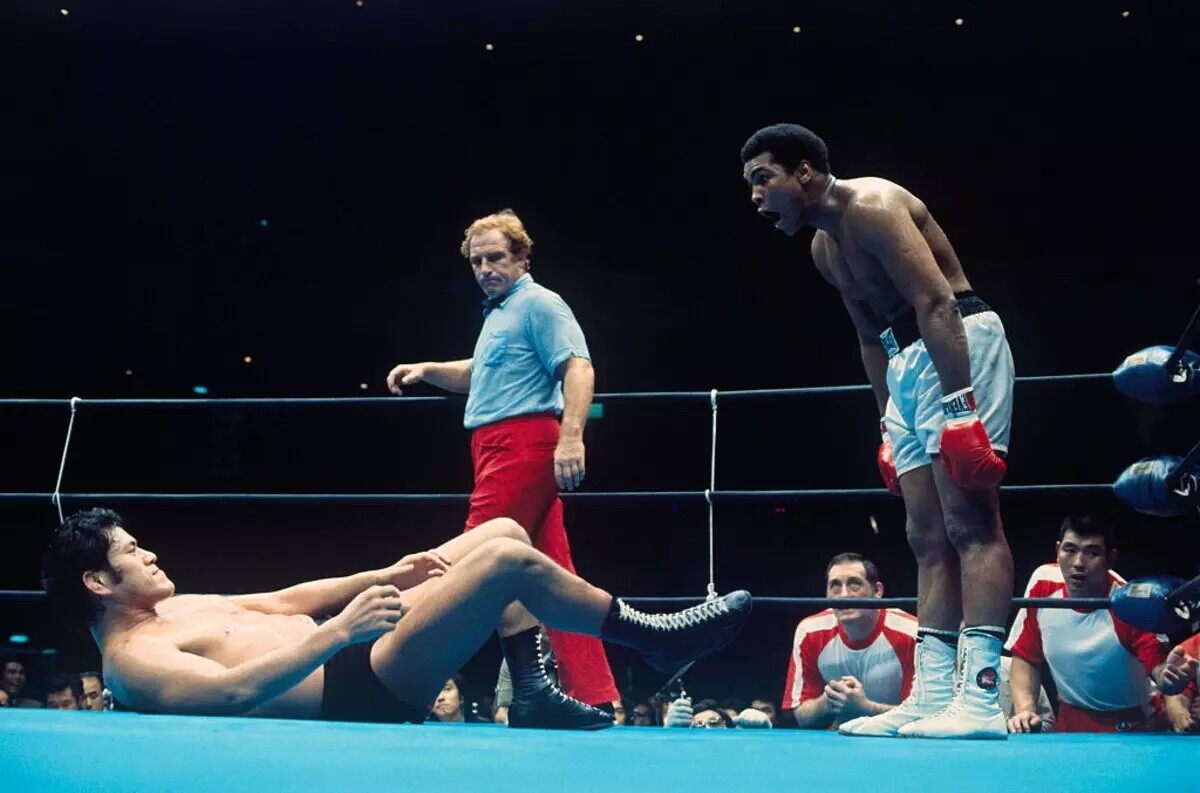
But these are far from the only examples. Fans were also shocked by the significantly more dramatic case of professional American boxer Prichard Colón. He was undefeated in his career and had 13 wins. But then came the fateful match that changed everything. In 2015, Colón faced Terrell Williams, who hit him in the back of the head several times with a banned punch. Between the ninth and tenth rounds, Colón announced that he was feeling dizzy.
Colón wanted to continue and the doctor wanted to let him fight on, but because his corner took off his glove thinking it was over, the boxer was disqualified and Terrel Williams, who committed fouls, paradoxically won. Shortly after the match, Colón started vomiting, and doctors at the hospital discovered a brain hemorrhage. The boxer subsequently fell into a coma for 221 days. Today, he has already undergone several operations and is completely dependent on the care of his family and nurses.
The case of former UFC fighter Spencer Fisher is well-known from the world of MMA. He had to end his career in 2013, at the age of 37, after lesions on his brain were discovered during a pre-match examination. It's a type of brain damage that has left the former multiple match of the night winner struggling with memory lapses and depression.
UFC boss Dana White also commented on the fighter's case. "We are always learning new things about brain damage. (…) It is definitely not the first or the last. It's a contact sport and anyone who played it in their youth, including myself, can relate to brain damage. That's part of the sport," he said. It should be noted that new research is still ongoing in this area and the UFC itself has invested in a specialized clinic to learn more about brain damage.
Last but not least, boxer and YouTuber Jake Paul also spoke about brain damage, who claims that after a few years of training and wrestling, he is starting to notice the first signs. "Sometimes I stutter when I speak or have trouble getting a word out, which didn't happen before," he said. According to his own words, he already had 20 to 30 concussions.
In combat sports at the professional level, be it boxing or MMA, helmets are not used during matches. Professionals at the highest level, however, regularly use the helmet in sparring and protect their health, and thus their career, as much as possible. However, the same should apply to anyone who wants to start combat sports - buy a helmet and protect yourself from the consequences that could fundamentally affect your entire life.
Experts advise how to protect yourself
The editors of Refresher addressed the experts on the subject. The importance of prevention, how to protect yourself or how different types of brain damage can manifest were described for us by professional cutman Bohumil Vojkůvka aka BoBesh, co-founder of the famous Alpha Cutman Team and widely recognized doctor and traumatologist Pavel Holeka. Both clearly agree that regular helmet use is an absolutely essential means of reducing the risk of brain damage.
"The helmet is a very important factor in the prevention of brain injuries. It eliminates and spreads the intensity of the force and impact of the blow to the wrestler's head. Prevention is somehow formed by itself during the wrestler's preparation, which means strengthening the neck muscle and the entire stabilization system of the body. Of course, the best prevention is not to take any punches," said traumatologist Pavel Holeka for Refresher.
During training and preparation, a wrestler receives the most blows to the head especially during sparring, i.e. during free practice of fighting. The more the preparation reaches its peak and the date of the match approaches, the intensity and hardness of the sparring usually increases (this does not have to apply to every fighter, everyone has an individual preparation adapted to their needs). Especially in this final part of the preparation, the necessity of the helmet is multiplied, but as the traumatologist points out, it should be used during all sparring sessions, i.e. not only during the final ones.
But this also applies to recreational exercisers – helmets should not only be used by professionals, but also by those who engage in combat sports in their free time.
However, Cutman Bohumil Vojkůvka points out that there is no protective device that would perfectly protect the fighter. Although a helmet can dramatically reduce the risk of brain damage, its use is not 100% protection.
“A helmet, like all other protective equipment, serves primarily as a preventive measure. This means that there is no 100% protection against anything. Not only does having a jockstrap mean you won't be hit between the legs, but we've seen guys get jockstraps and it still hurt like hell. The suspender only dampens the impact so as not to damage the organ. And it's the same with the helmet - it's supposed to absorb the impact, so there's no damage to the tissues and the skull. The helmet protects against this," Cutman says in one breath, again pointing out that there is no way to prevent concussions in the event of a blow to the head.
"When you get hit in the head, there will always be concussions. Even if you had a feather pillow on your head, you will still feel the impact. So the helmet is more of a preventive measure and dampens the impact, so the shocks are smaller, but it doesn't work as 100% protection," he added.
But as Vojkůvka mentioned, this does not only apply to the helmet. Even other protective equipment is meant to serve mainly as prevention, not as complete protection. "Even though I make professional tapes (to protect fists and joints, editor's note) for fighters, which are supposed to have the greatest possible protective function, I still tell them that it is only prevention. If someone has a 'grenade' and hits their forehead with a knuckle, they can break a finger or a knuckle despite the tapes. They are all just precautionary measures and none of them are ever 100 percent," Cutman emphasized.
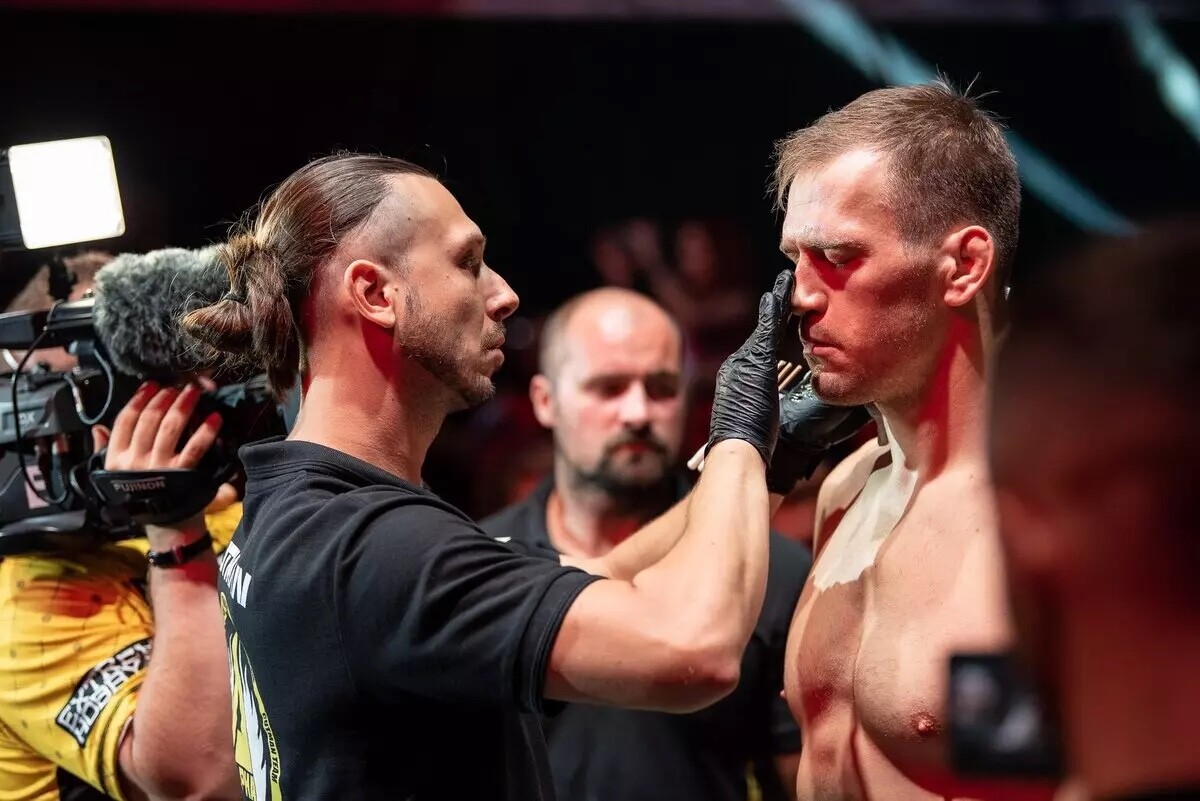
When and how brain damage may begin to manifest varies. In general, however, permanent damage occurs especially when receiving long-term and repeated blows to the head. "Brain damage occurs slowly. It depends how often you pair, how often you have a match. It depends on that. If one could quantify the number of blows per head per year, then it is clear that someone who makes a professional living from the sport and is in training will catch more of those blows," says cutman Vojkůvka.
"If we're talking about chronic wear and tear and the little bumps that the brain takes, it's in years. And of course, as you get older, the amortization shows up more and more, so around the age of 40 and 50 it definitely shows up. It can contribute to, for example, multiple sclerosis, Parkinson's disease and the like," he added.
What are the symptoms of brain damage?
The potential manifestations of brain damage were described in more detail by traumatologist Pavel Holeka, according to whom it can be a relatively broad spectrum of problems. But again, it depends on how long the given person has been involved in combat sports, how many blows he has received and so on.
"There is a lot of talk about the so-called post-concussion syndrome of wrestlers. This is a set of several psychophysical symptoms that can manifest themselves in different intensity and with different time intervals in wrestlers who have suffered a concussion. These include memory loss, pain and dizziness, difficulties with the hearing aid, depressive states, general 'mental discomfort' of the wrestler and many others," explains Holeka.
In addition to the above-mentioned manifestations, brain damage can also manifest itself during movement and speech, adds cutman Vojkůvka. "It can be speech disorders, stuttering, missing individual words or, on the contrary, misunderstanding the communication, when someone is talking to you, you hear them, but you don't understand what they are saying to you. Then it can be more serious things, when your limbs don't listen to you or things fall out of your hand, which can already be the case with Parkinson's disease or something similar," says Cutman.
But the list of a wide range of possible manifestations does not end there either. "There can also be manifestations related to sleep, such as that you suffer from insomnia or frequent awakenings. These can all be things that are related to repeated blows to the head, that is, to long-term active participation in combat sports," he adds.
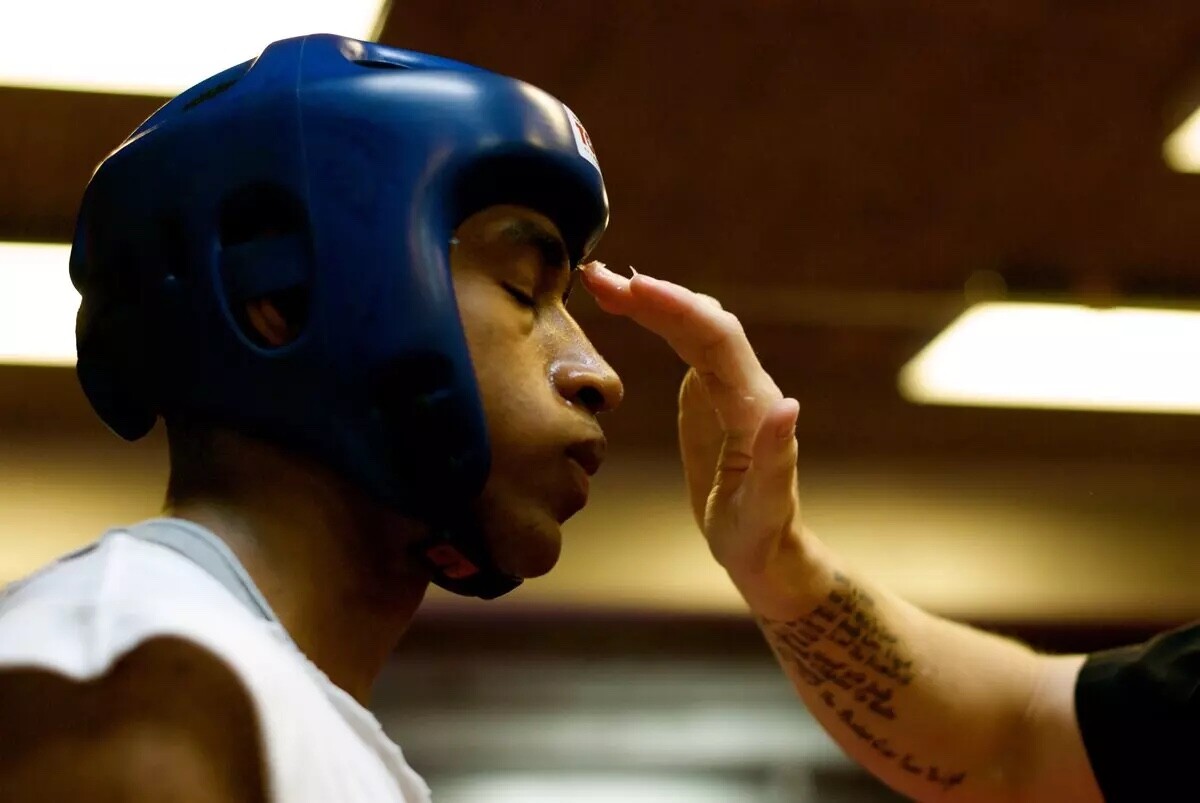
Brain damage is irreversible
The importance of preventing brain damage also lies in the fact that the brain does not have the same ability to restore and regenerate as some other organs. His damage is therefore much more serious. A laceration will be stitched up, a broken bone will heal, but a damaged brain will usually remain damaged.
“Severe damage is irreversible. When blood does not flow to the ventricles of your brain, your brain is de facto dying. The same applies if a blood vessel bursts, such as in a stroke. When a blood vessel in your brain becomes blocked or bursts, hypoxia occurs, meaning the brain tissue becomes deoxygenated and the tissue dies. These are extremes when the damage is almost completely irreversible," Bohumil Vojkůvka explained.
The time when the fighter gets under the care of doctors is also a decisive factor. This is especially so in the most serious cases, when, for example, a fighter bursts a blood vessel in his head during a match or training. At that point, he needs to head immediately for a CT scan and the operating room. However, such cases are the most serious. It does not mean that serious brain damage will occur with just a few minor concussions.
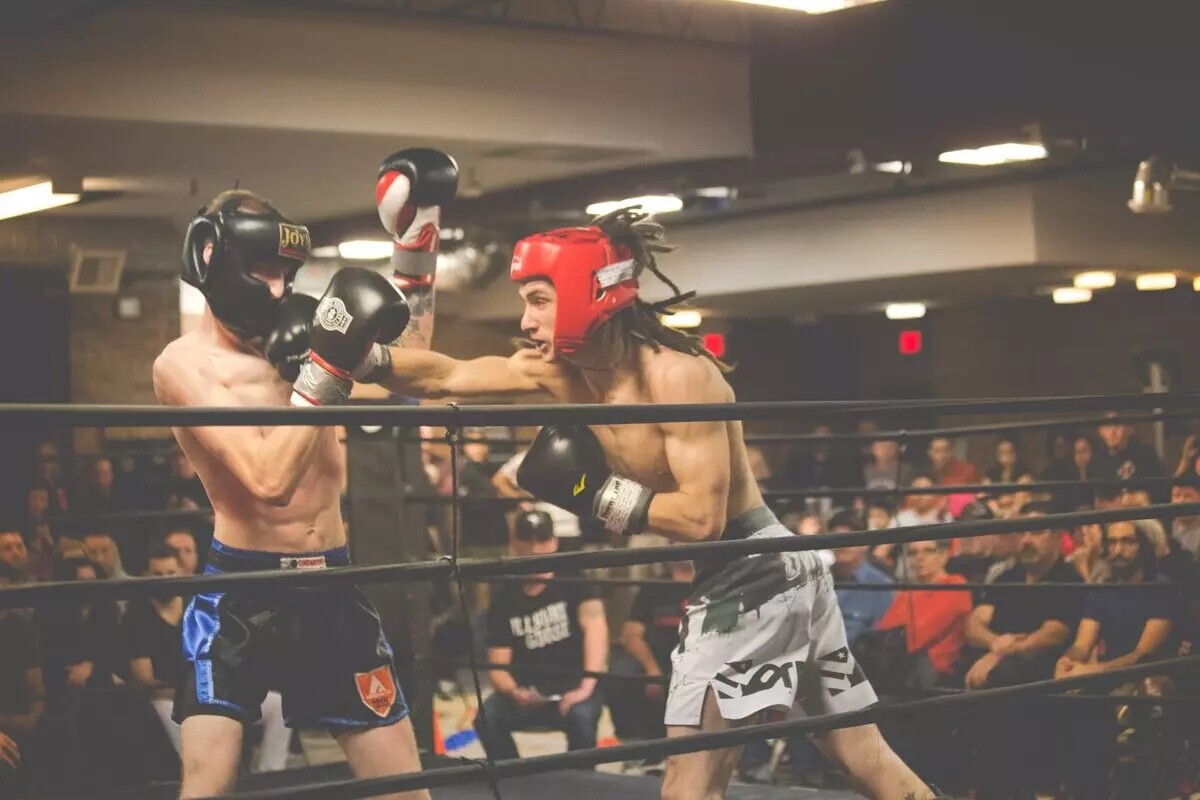
Brain damage occurs in other sports as well
Combat sports are the most frequently mentioned in connection with brain damage, because there are frequent blows directly to the head. However, the same or similar damage can occur in a wide range of other sports.
"When Formula 1 pilots drive, various brain injuries can also occur. Even with hockey players, who also have repeated collisions or bumps into the goalpost. There are also some micro-concussions, and after a long time it can show, but it does not mean that a person can no longer play hockey after two concussions," explains Cutman.
Concussions are also not uncommon in, for example, American football. For example, one study found chronic traumatic encephalopathy (a serious type of brain damage) in 110 of 111 deceased NFL players.
But when it comes to combat sports, the risk of brain damage varies depending on the size of the gloves used. In the case of MMA, where the gloves are smaller, there is a higher risk of knockout, subsequent loss of consciousness or intracranial bleeding. Not to mention potential head kicks that are even more dangerous. In the case of boxing, where there are larger gloves, the risk is, on the other hand, more associated with long-term and somewhat smaller shocks.
However, whether you practice or intend to practice any combat sport, you need a helmet in your equipment. It is also necessary for the wrestlers because if they were to get a knockout at the end of the training, they would be in danger of not being able to participate in the match for which they had been preparing for several months, explained Bohumil Vojkůvka.
“When a wrestler is knocked out in a match, he should undergo a CT scan and be out of action for 6 weeks. But basically the same applies if you get knocked out during training. If someone is a tough guy, wants to go without a helmet, someone just hits him on the chin and gets KO-ed a week before the fight, he shouldn't enter that fight for the sake of his own health," he says.
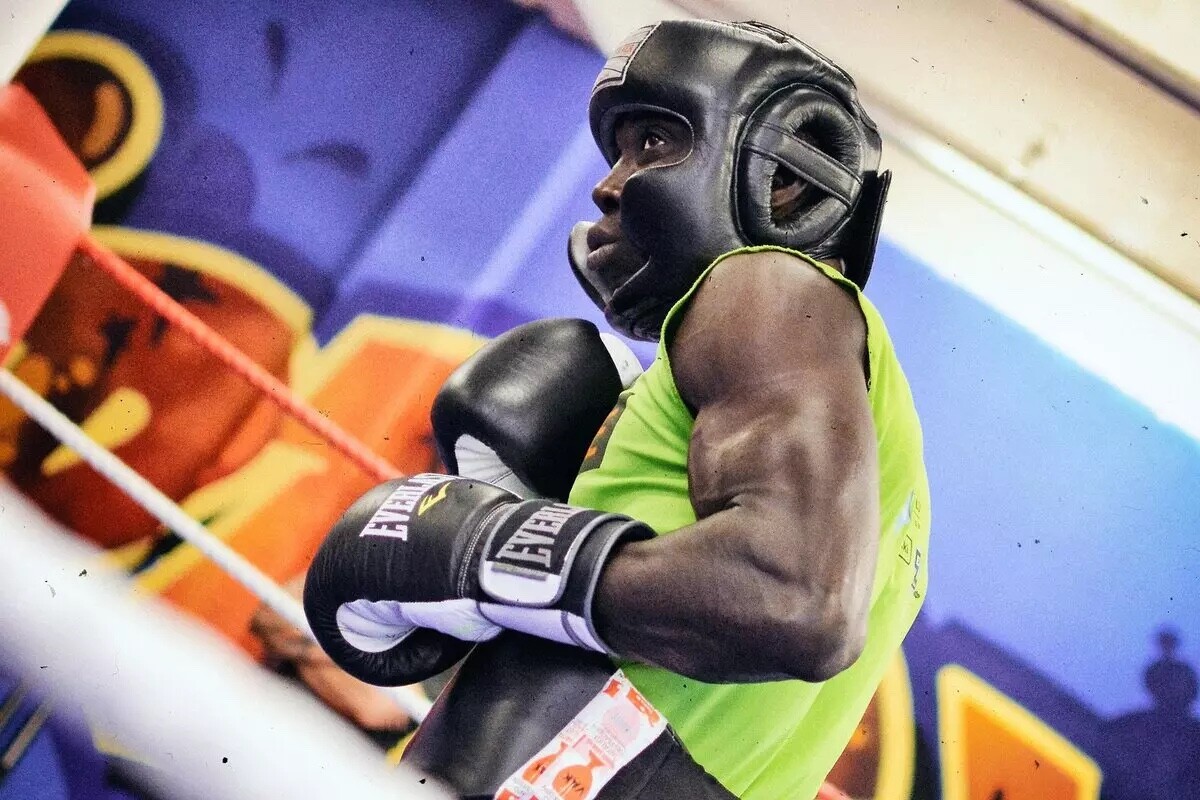
According to Cutman, the fact that some top fighter neglects to use a helmet in training is basically not happening nowadays. But there are exceptions. And in such a case, the risk of serious brain damage is several times higher.
How to choose the right helmet?
How important it is to use a helmet during training is therefore evident thanks to the experts' explanation. However, every combat sports equipment store offers several types of protective helmets from different manufacturers with different levels of protection and quality.
Some helmets provide protection only for the skull bone, others also for the cheekbones and nose. It also depends on the specific sport you play. We therefore asked traumatologist Pavel Holeka how a person should choose the right helmet for themselves.
"In general, of course, the helmet should fit well on the head and the wrestler should feel comfortable in it. After that, I would probably consult individually with the seller, who should be knowledgeable in these matters and should be able to recommend a helmet for the given sport. A bit of an exaggeration taken by common sense - more foam equals more protection," concludes the doctor.
If problems persis, please contact administrator.

